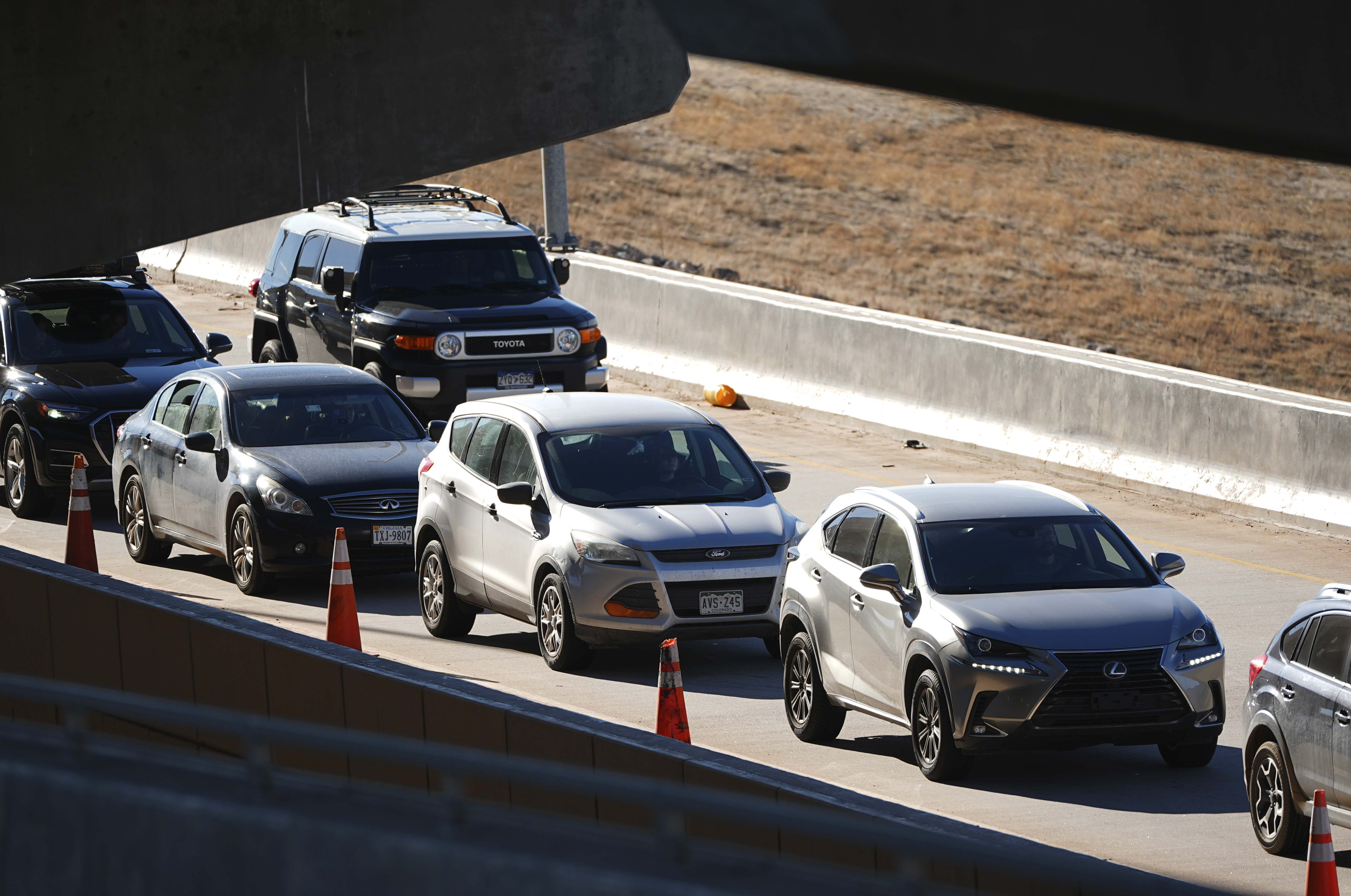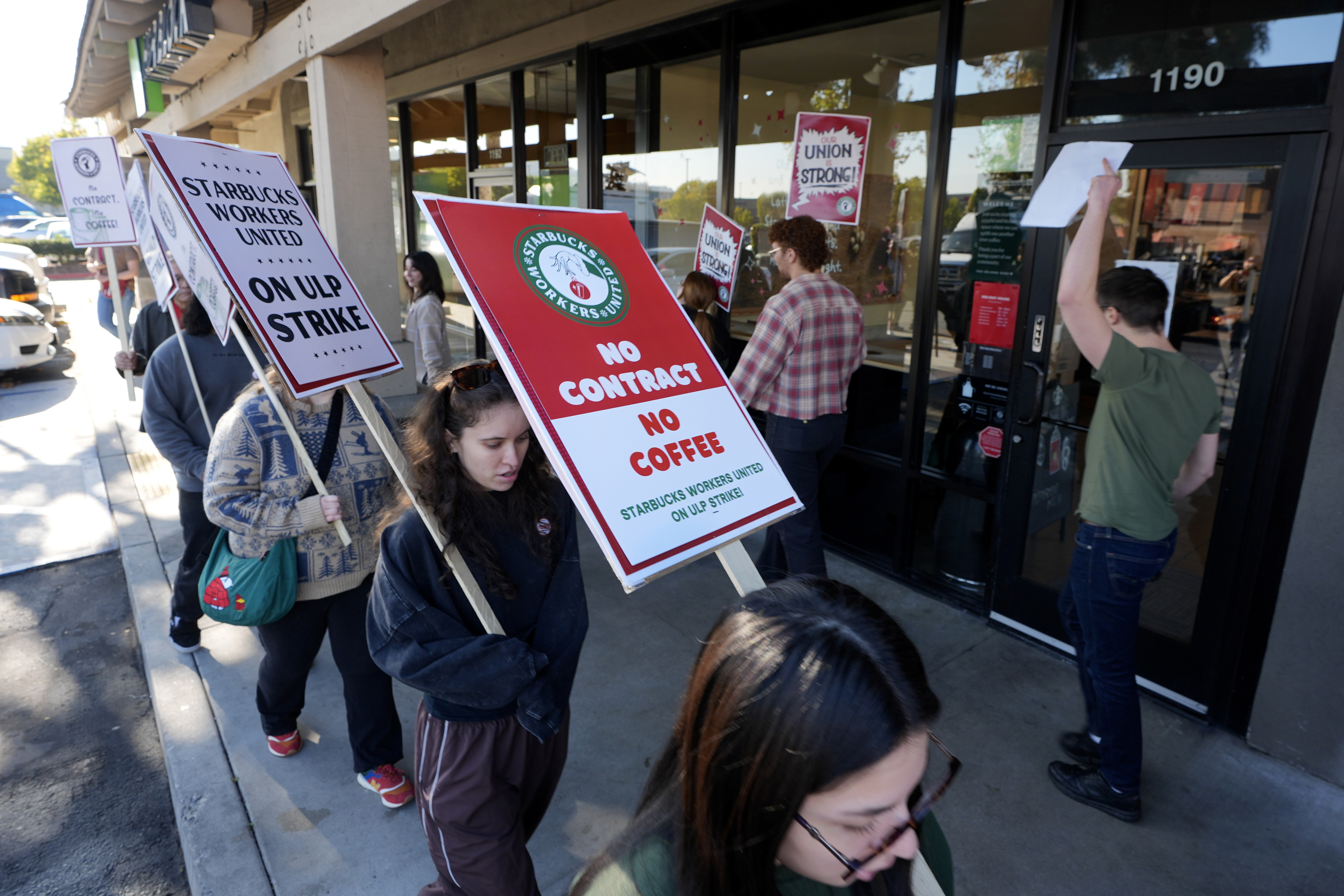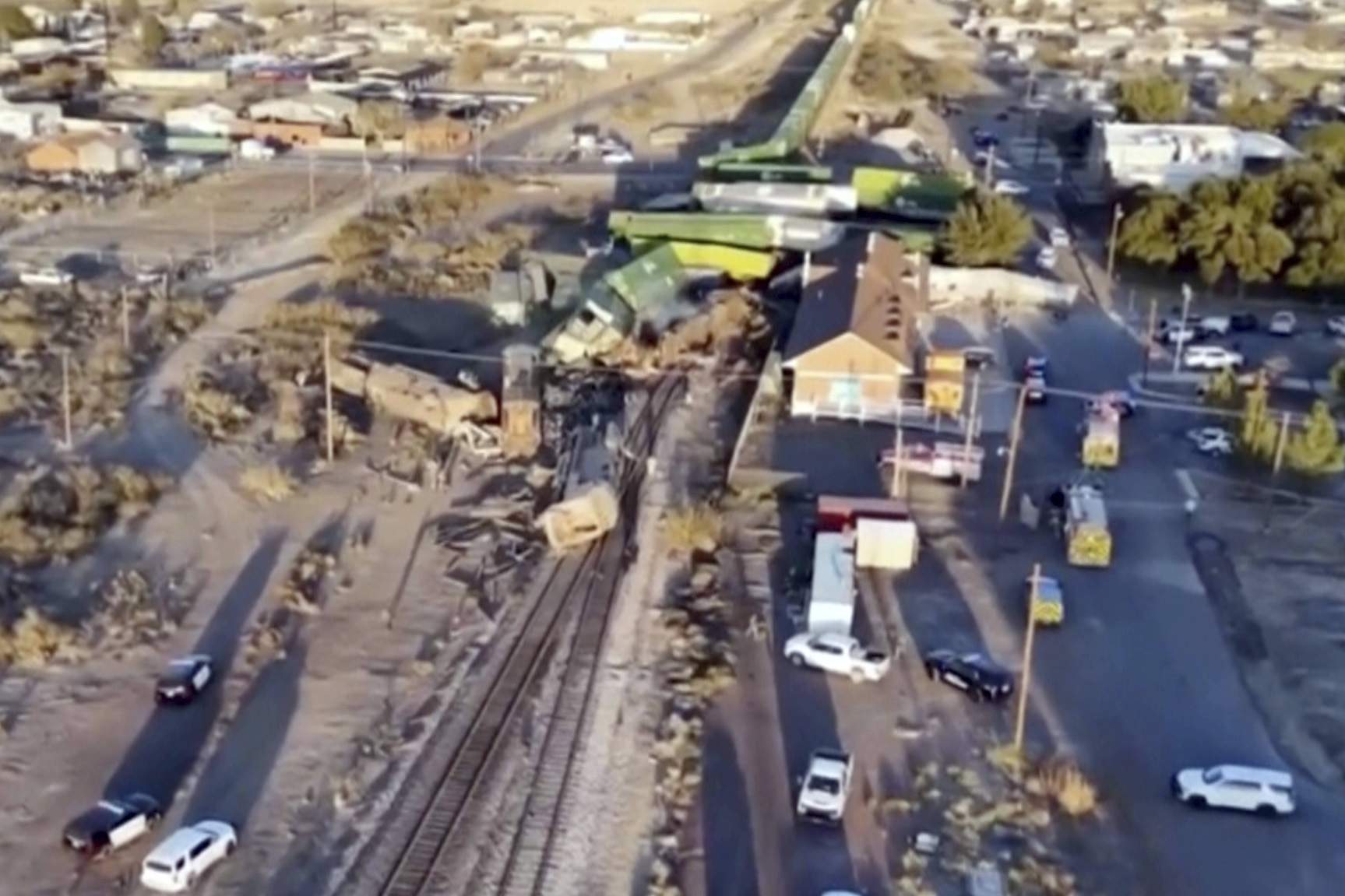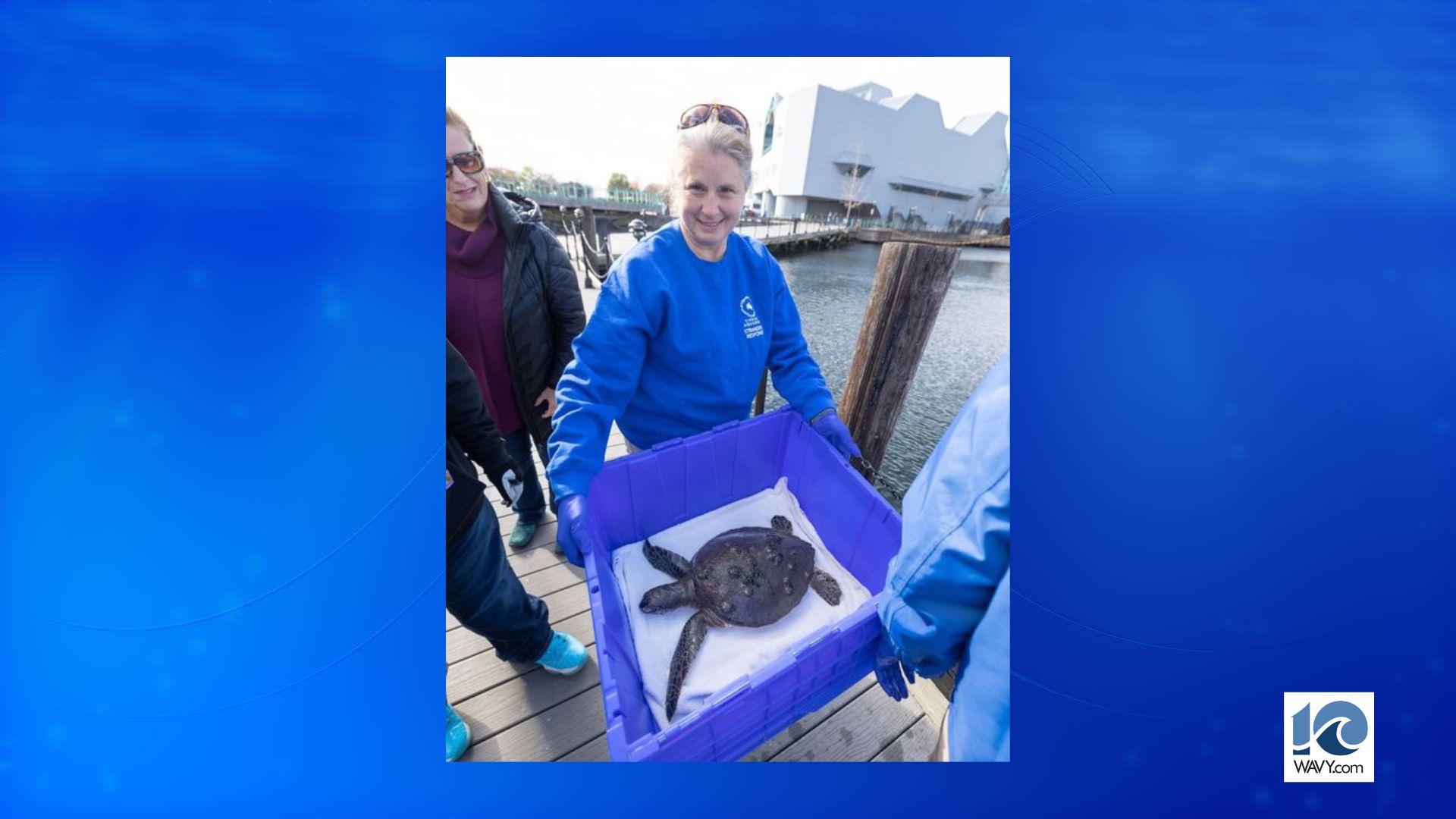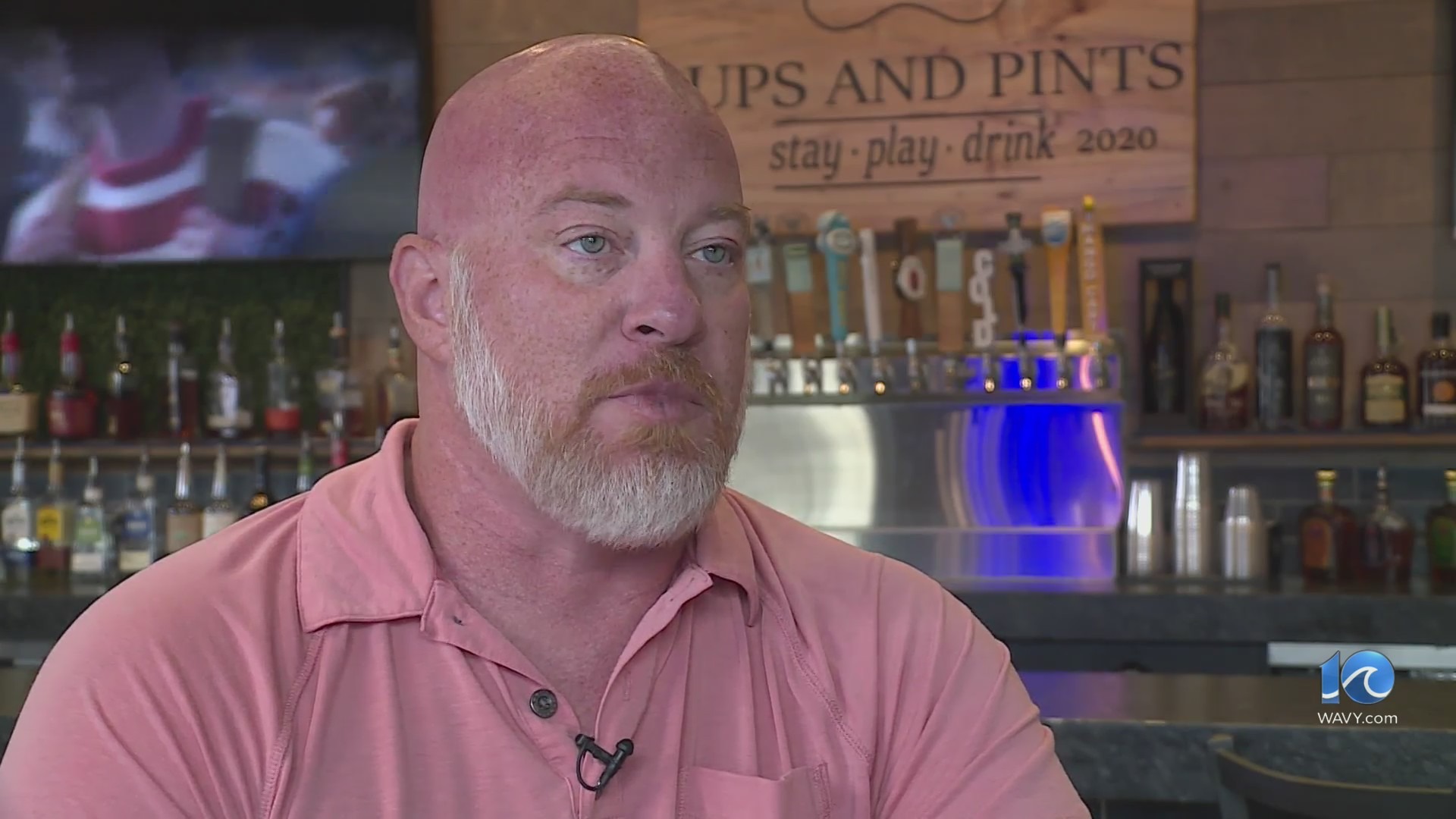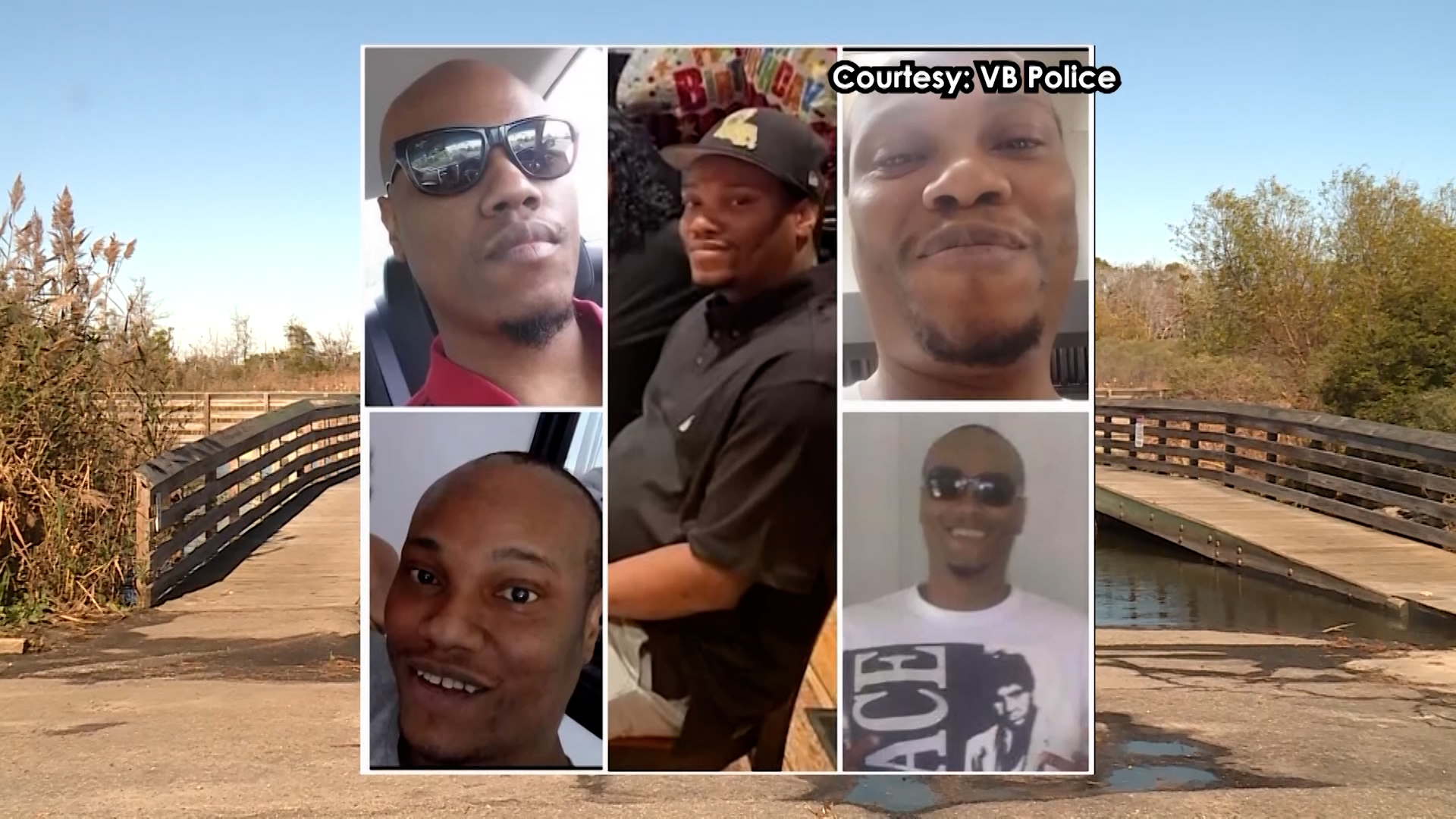PORTSMOUTH, Va. (WAVY) – Confederate monuments mean different things to people. Some say it honors their ancestors who fought on the side of the Confederate states during the Civil War, while others claim it reminds them of not only the oppression those Confederate states perpetrated against their ancestors but the struggle to get equal rights since.
Since the death of George Floyd, who died after a Minneapolis police officer knelt on his neck for nearly 9 minutes, protests have popped up in every state. Some ended with Confederate monuments being torn down.
10 On Your Side spoke with Dr. Cassandra Newby-Alexander, who is the dean of the College of Liberal Arts and a history professor at Norfolk State University.
She says that many of the monuments erected throughout the South are in clearly visible, public places — and that was not by accident.
“These monuments represented power. They represented the seats of power,” she said.
Newby-Alexander says the monument located in Downtown Norfolk was built around the 1870s next to the old courthouse.
“It was a place where enslaved people were conveyed or sold or punishment needed out. That space really represented power. That’s why when the Confederate army gathered together, they enlisted on that space right there next to the courthouse, because that represented the seat of power,” she said.
And the same goes for the Confederate monument in Downtown Norfolk, which was partially taken down on Friday.
Newby-Alexander says it was built at the site of a former slave market and a couple of blocks away from the old city hall, which was located where the MacArthur memorial currently stands.
“It’s sending a message. It’s saying to people that while slavery may be over, the status quo remains and ‘We will enforce that status quo,'” she said.
Newby-Alexander says the monuments were not built until Gen. Robert E. Lee died because he was opposed to memorializing what happened.
“He understood what he did. He understood the ramifications of the Civil War and the impact on our constitution and society. He did not want people to glorify what happened during the Civil War in terms of people moving away from supporting the United States government,” she said.
While the monuments were put up, Newby-Alexander says there’s always been opposition against them including in the mid-20th century when there was an effort to move the monument in Portsmouth to the new Naval museum. There was opposition against the move by the Daughters of the Confederacy, who she says owned the land, and the African American community, who believed the monument would still be in a public place.
Newby-Alexander says many have wanted to move the monuments to a cemetery, where two Civil War monuments honoring black soldiers are currently located.
She believes that taking down the monuments and relocating them does not erase what happened but instead allows us to learn more about America’s history.
“It’s not about changing history, but making sure you understand what actually happened, not what you think happened,” she said.
She also says thinking of race during the coronavirus pandemic helped lead to this moment.
Newby-Alexander says black and Latino people, who have already been disproportionally marginalized, felt it was magnified by the virus.
“This is what began to trigger a reaction of being sick and tired of being sick and tired of the systemic system that doesn’t seem to change,” she said.
Newby-Alexander says 2020 is ushering in a new generation, which usually happens about twenty years after the turn of the century, and believes our country can move forward by letting go of the myths of our hurtful past.
“When you see this effort by so many people, who say ‘Enough is enough. We need to move forward,’ and clip these lines and connections that bind us to a past that we’re not exactly happy with. This is not the best of us. If we continue to cling to that. We cannot move forward and reach those aspirations and goals of making the American society for all of us,” she said.



